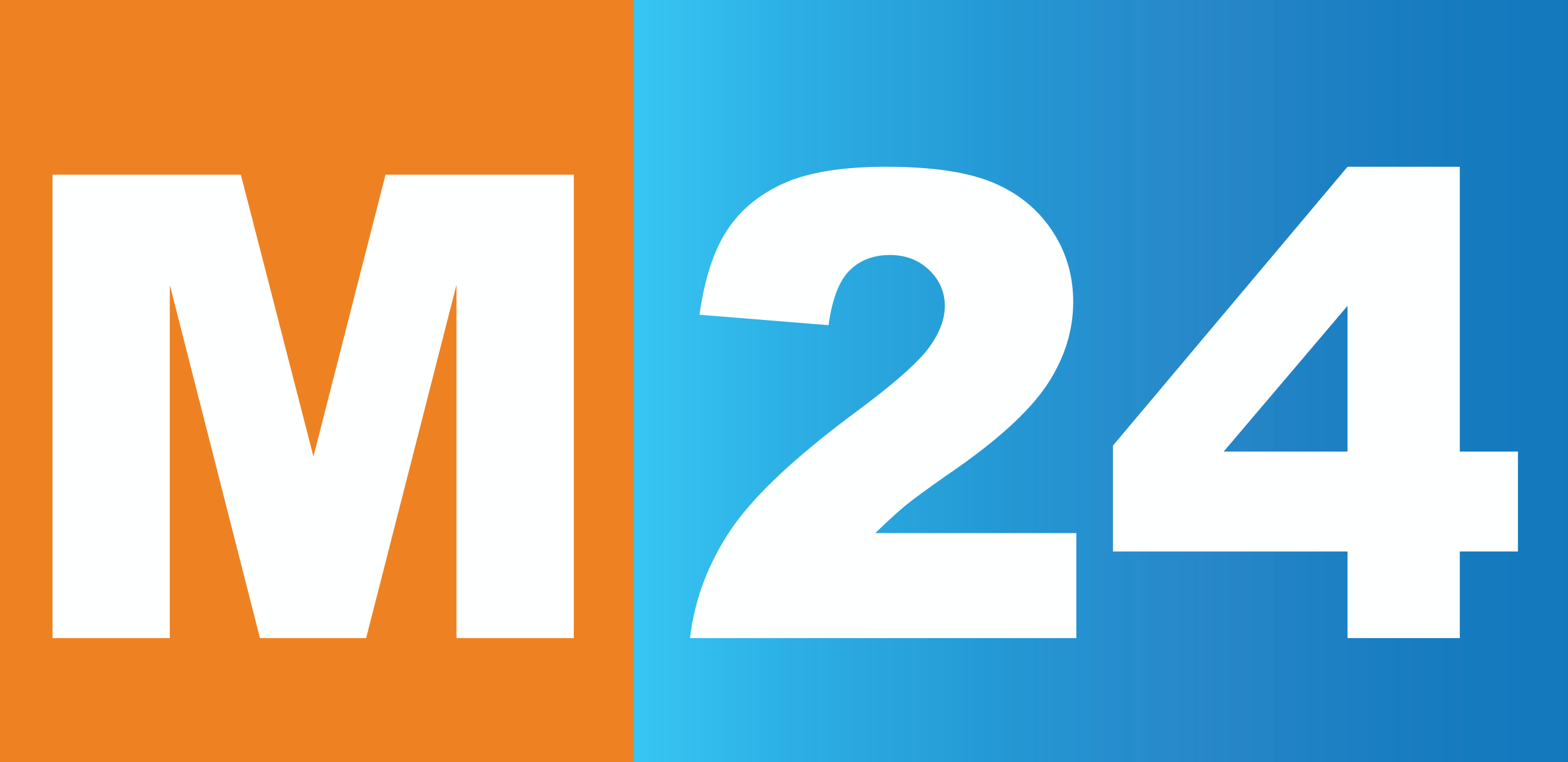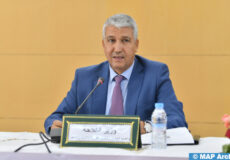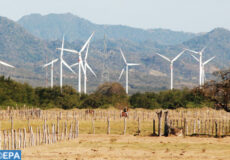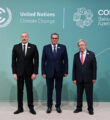15 Dams Scheduled Between 2017 and 2021 Built in Morocco (Govt. Chief)
Rabat – Fifteen dams scheduled for the period 2017/2021, i.e. 3 dams per year, have been built, said, Monday in Rabat, head of government, Saâd Dine El Otmani.
Answering a central question on “water policy” at the monthly general policy session of the House of Representatives, El Otmani noted that, in accordance with the High royal instructions and as part of the implementation of the provisions of the government program, 10 small dams have also been built to help meet the needs of the rural world for drinking water, irrigation and groundwater supply.
The head of government also said that studies are underway on the water transfer project from the North to the Centre.
He stressed that renewable water resources are estimated at 22 billion m3/year, (18 billion m3 of surface water and 4 billion m3 of groundwater), adding that Morocco has adopted a water policy based essentially on the mobilization of surface water resources through the implementation of infrastructure projects allowing water storage in periods of abundance.
This policy also aims to preserve the supply of drinking and industrial water, in addition to irrigation, in order to cope with periods of drought and overcome water shortages with the least socio-economic damage, he recalled.
In order to provide the Kingdom with short and medium-term water resources and in accordance with the High royal instructions, El Otmani said that a priority program for the supply of drinking water and irrigation for the period 2019/2026 had been set up, within a consultative framework between the various institutions and administrations concerned.
Estimated at 118 billion dirhams, this program is meant to build some 20 large dams spread throughout the Kingdom with a capacity of 5.38 billion m3, which will enable an overall retention capacity of about 25.3 billion m3 to be reached.
In this regard, El Otmani underlined that investments made since 1995 and estimated at more than 21.5 billion dirhams, have increased the supply of drinking water in rural areas, from 14% in 1994 to 97% in 2018.














